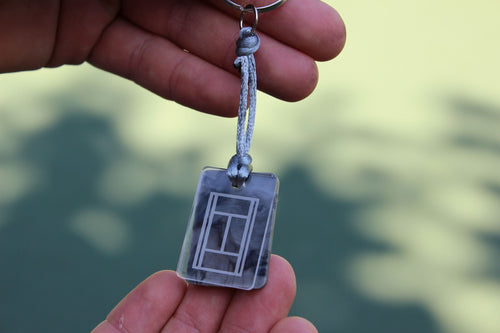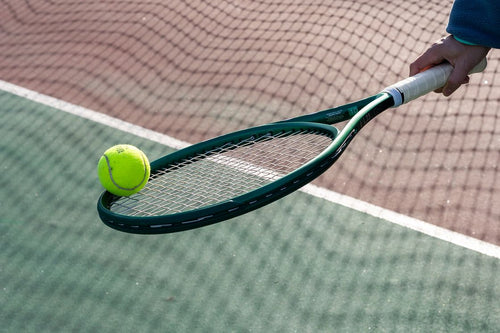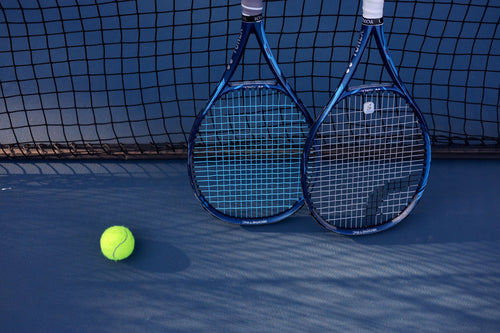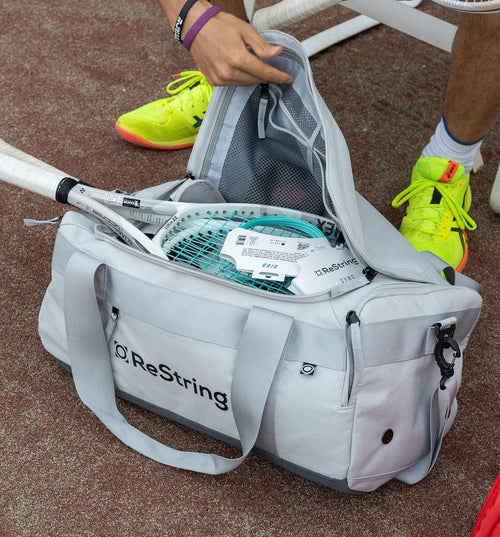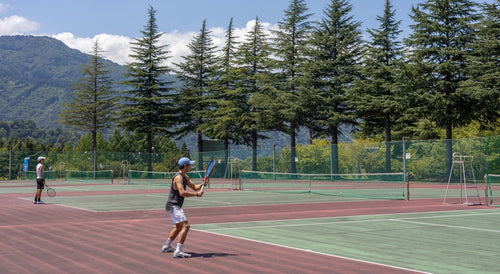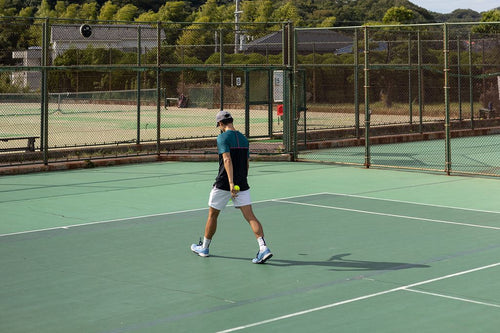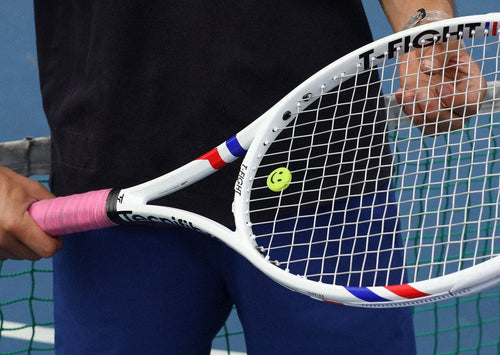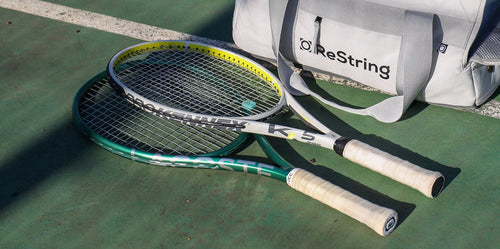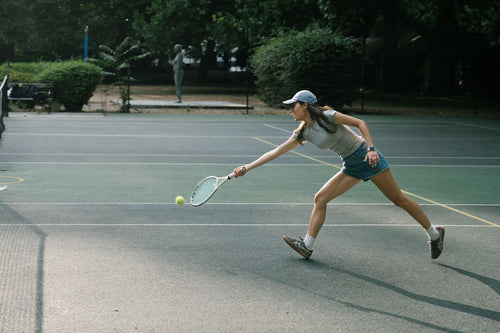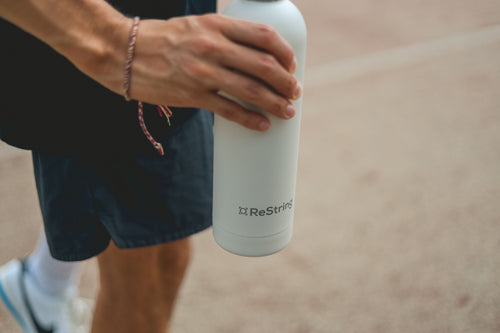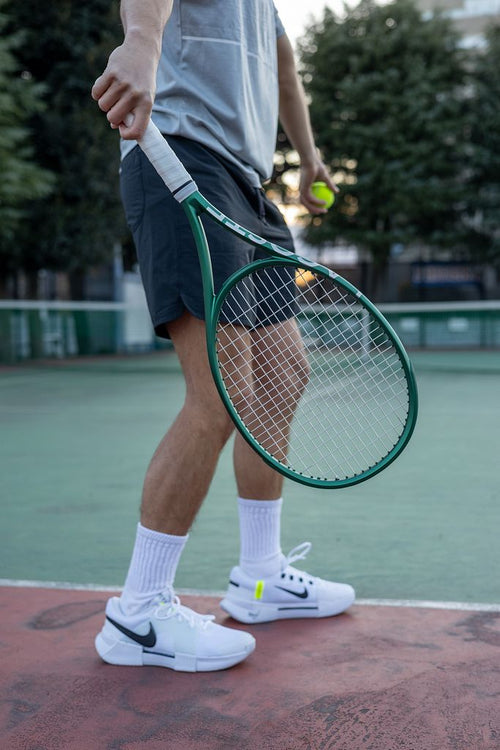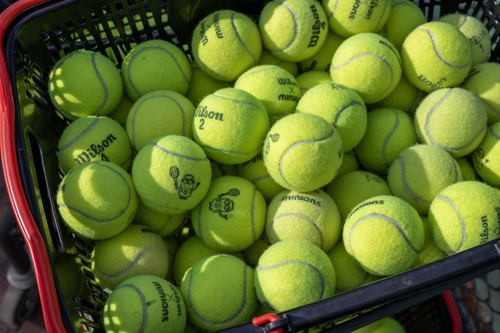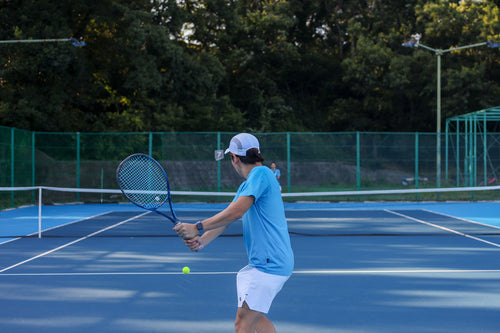How Temperature Affects Your Tennis Strings
Juan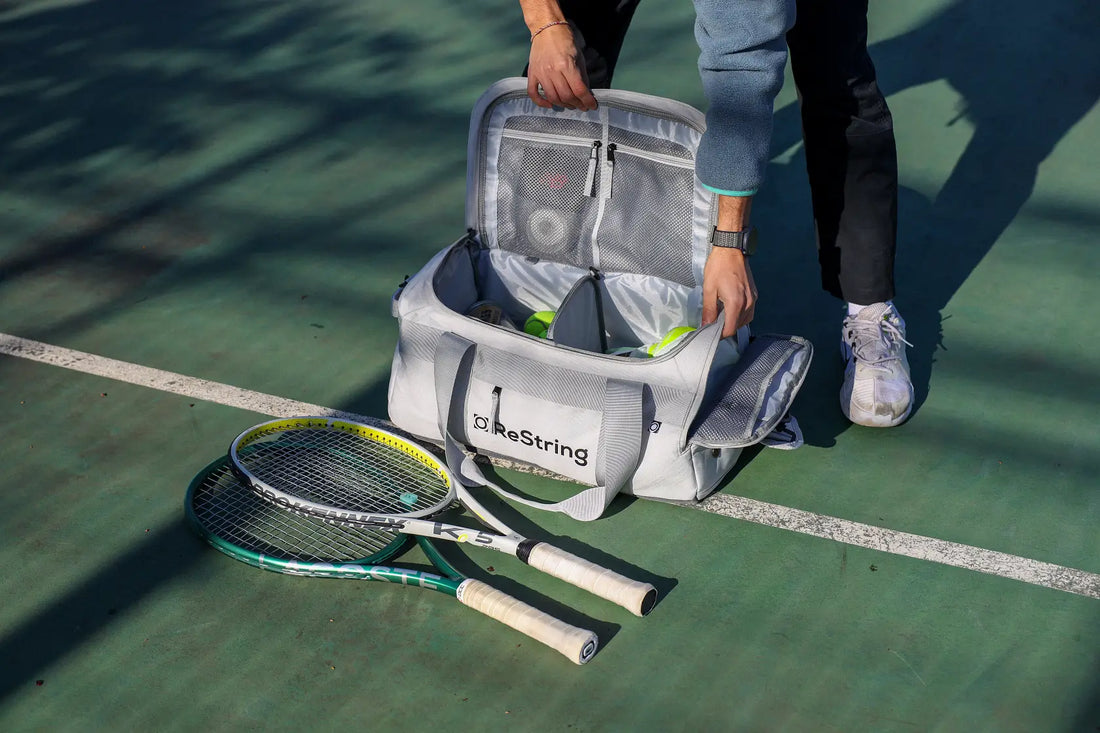
Ever wonder why your serve feels explosive in July but flat in December?
Why your strings seem to break more often during summer tournaments?
Or why that perfect string setup from last week suddenly feels completely different?
The answer lies not in your technique or even your equipment, but in the air around you.
In this article, you'll discover exactly how temperature affects your strings, why poly strings like Zero are more robust and learn practical strategies to maintain consistent performance in any weather condition.
Why Temperature Matters for Your Tennis Strings
Temperature variations directly impact how your tennis strings perform and feel on court. When you understand how temperature affects your strings, you can make better decisions about string tension and maintenance to maintain consistent performance year-round.
The physics behind temperature's effect on your strings is straightforward. Heat causes strings to become more elastic and lose tension more quickly, while cold makes them stiffer and less responsive. This happens because temperature changes alter the molecular structure of the string materials.
Different string materials react to temperature changes with varying intensity. The most sensitive to temperature fluctuations are more elastic strings like natural gut, followed by nylon-based synthetic strings. Polyester strings like Zero maintain more consistent performance across temperature changes, making them a reliable choice for varying weather conditions.
Temperature changes alter string tension and elasticity, which both affect your game. Different string materials have varying levels of sensitivity to these changes.
Playing in Hot Weather
Hot temperatures create specific challenges for your tennis strings. In warm conditions, strings become more elastic and lose tension faster than usual. This increased elasticity results in a more lively string bed that can reduce your control over shots. The strings also move more freely in heat, leading to faster notching and wear.
To maintain consistent performance in the heat, consider increasing your string tension slightly. Stringing 2-3 pounds higher than your normal tension can help tighten up your shots and provide better control.
ReString's Japanese customers have provided valuable insights about dealing with hot, humid summer conditions. Many report success with slightly higher tensions in their Zero strings during summer months, finding it helps maintain control without sacrificing the string's natural power.
Hot conditions make strings more elastic and less controlled, requiring slightly higher tension to maintain consistent performance.
Managing Cold Weather Conditions
Cold temperatures present a different set of challenges for your tennis strings. The cold causes strings to stiffen significantly, reducing their power potential and creating a harsher impact feel when hitting. Your string bed's sweet spot also effectively shrinks in cold conditions, making it more difficult to find clean contact.
To compensate for these effects, try decreasing your string tension by 2-3 pounds. This lower tension helps bring back some of the pop and power you might be missing compared to warmer conditions.
Co-founder of ReString, Juan, has extensive experience playing with a full bed of Zero through cold DC winters. When dealing with rock-hard balls on indoor hard courts, he finds that loosening string tension slightly helps offset the stiffening effects of cold temperatures.
Cold weather stiffens strings and reduces power, requiring slightly lower tension to maintain consistent performance.
Best Practices for Any Temperature
Proper storage makes a significant difference in maintaining your tennis string's performance and preventing unwanted tension loss. Whenever possible, keep your racket in a temperature-controlled environment. Never leave it in your car, where temperatures can swing dramatically and cause lasting damage to both strings and frame.
Watch for signs that temperature changes have affected your strings. If you notice inconsistent ball response, unusual string movement, or a dramatic change in feel, it might be time to restring. Temperature damage often shows up as uneven wear patterns or premature string breakage.
Protect your racket from extreme temperature changes and be aware of signs you might need to restring.
Frequently Asked Questions
Does humidity affect my tennis strings?
Yes, high humidity makes tennis strings lose tension more quickly and perform more elastically than usual. Natural gut strings are particularly susceptible to humidity due to their moisture-absorbing properties. Poly strings like Zero resist humidity effects better than other materials, helping maintain consistent performance in damp conditions.
Which string material is the most temperature-stable?
The most temperature-stable string material is polyester. They maintain the most consistent performance across temperature changes, making them ideal for varying conditions. The reason is that their molecular structure is sturdier than the more elastic natural gut and nylon.
Conclusion
Temperature significantly affects your tennis strings' performance. Heat causes increased elasticity and faster tension loss, while cold leads to stiffening and reduced power.
You can adapt by increasing tension slightly in hot conditions and decreasing it in cold weather. Proper storage and careful transitions between different temperatures will help maintain consistent string performance year-round.
Try Zero today and experience consistent power and spin potential across varying weather conditions using the subtle tension changes we recommend.

